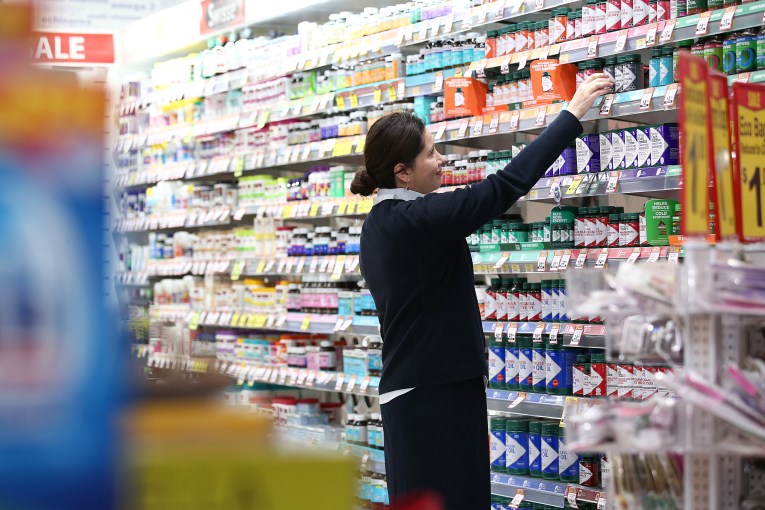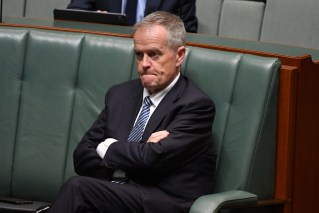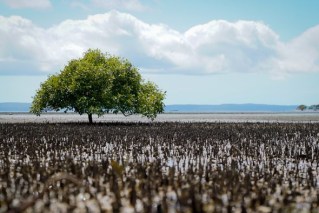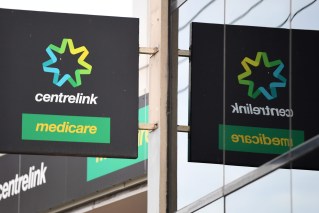Sun, wind, now hydro: Our version of the Snowy scheme will need a gusher of cash
The State Government has started developing an energy plan that would include a string of multi-billion dollar pumped hydro schemes around the state working as batteries to deliver power in peak periods.

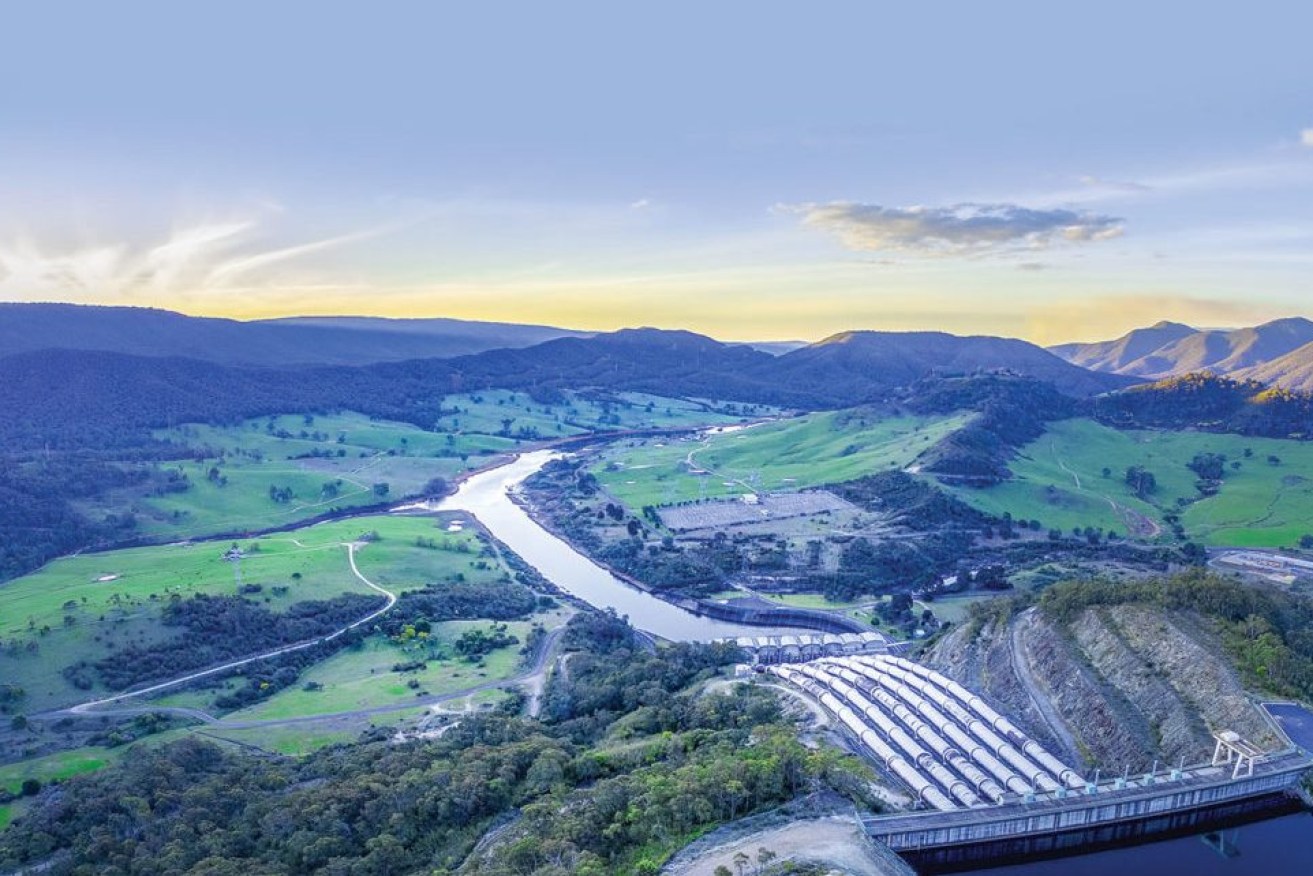
The Snowy River scheme which changed Australia's future. A second version of the scheme has struck massive cost over-runs.
It’s an ambitious scheme much bigger than the vaunted Snowy 2.0 project and designed to back up solar and wind power when weather conditions fail, but it would also be hugely expensive.
The most recent pumped hydro project is the Genex-owned Kidston project in north Queensland that will cost more than $700 million and has relied on significant amounts of public funding support. It will deliver just 250 megawatts. The Government wants between 5 and 7 Gigawatts, more than 20 times the size of Kidston.
The Federal Government’s Snowy 2.0 is a 2 gigawatt project that would cost $5 billion and is now delayed and likely to blow out.
The Government has allocated $48 million to find and assess up to seven sites. It already has one likely site, the Borumba Dam, near Gympie, which is currently a 46,000 megalitre dam on the Yabba Creek, which would be transformed into a massive 1.5 gigawatt pumped hydro battery that would deliver energy during peak periods.
Borumba will get $13 million of the total funding for technical studies. It has already received $22 million for previous works. The remaining $35 million would be used to identify five to seven potential sites.
At the same time, the privately owned $2.9 billion Urranah Dam project in the Burdekin Basin, has a plan including a 1.4 gigawatt pumped hydro project.
Energy Minister Mick de Brenni said the the only way to drive down power prices was to put more renewables and storage into the system.
Batteries are also being used and the Government has previously thrown its support behind the fledgling vanadium mines in north Queensland which would develop the crucial minerals for grid-scale batteries, but the pumped hydro would be on a much bigger scale.
“Pumped hydro will play a critical role in securing the future of Queensland’s energy system with a reliable supply of dispatchable power,” de Brenni said.
“This is part of Queensland’s Energy Plan which will set out our pathway to a cheaper, cleaner and reliable energy system.”
de Brenni referred to the plan as mega projects that would be significant job generators.
Pumped hydro works with two water reservoirs, one higher than the other. When electricity is cheap in the middle of the day, water is pumped from the lower reservoir to the top. When the wholesale market is expensive in the early evenings the water is released from the top reservoir through turbines which creates electricity.
Electricity storage is crucial for Queensland to wean itself off coal-fired generation, which provides about 70 per cent of the state’s power.
Households are already feeling the pinch of relying on fossil fuels with their electricity bills set to rise by at least $41-$55 per month from July.
About $44 will be wiped from bills by a one-off rebate, but the current energy crisis has jolted the government into action on longer-term plans.
Queenslanders use about 10.5GW of electricity per day with planned and existing pumped hydro projects potentially able to store 8.5 GW by 2030.
